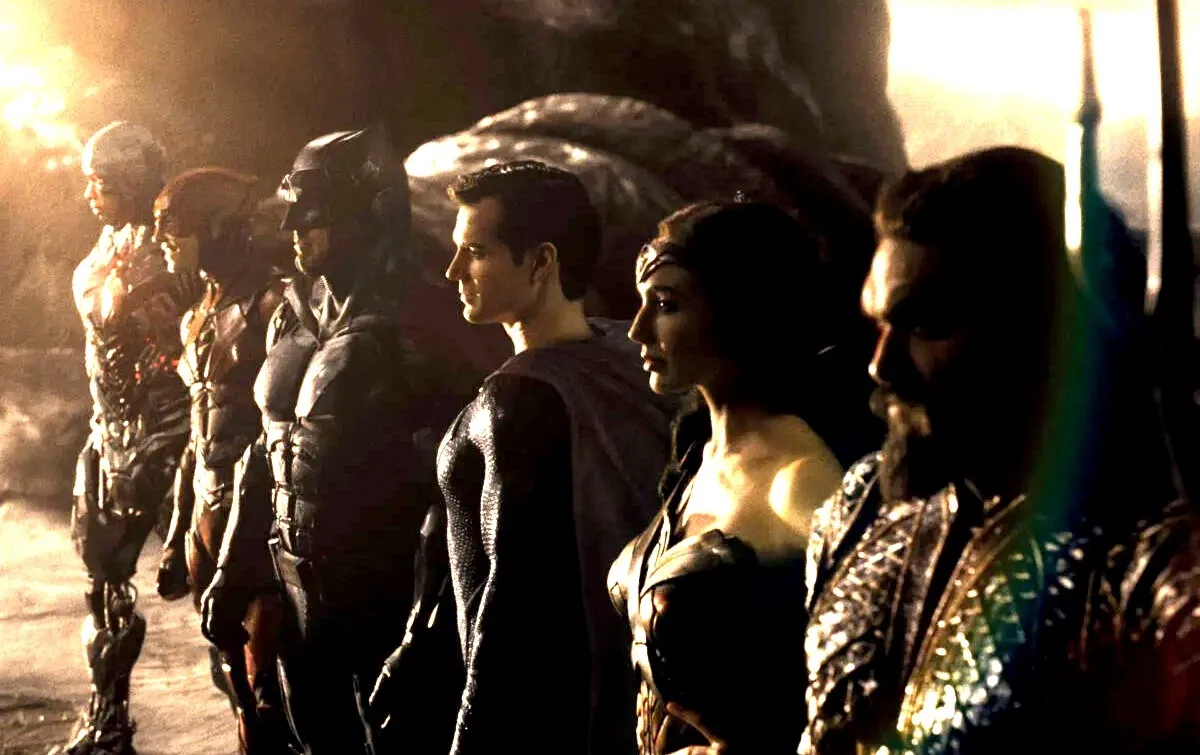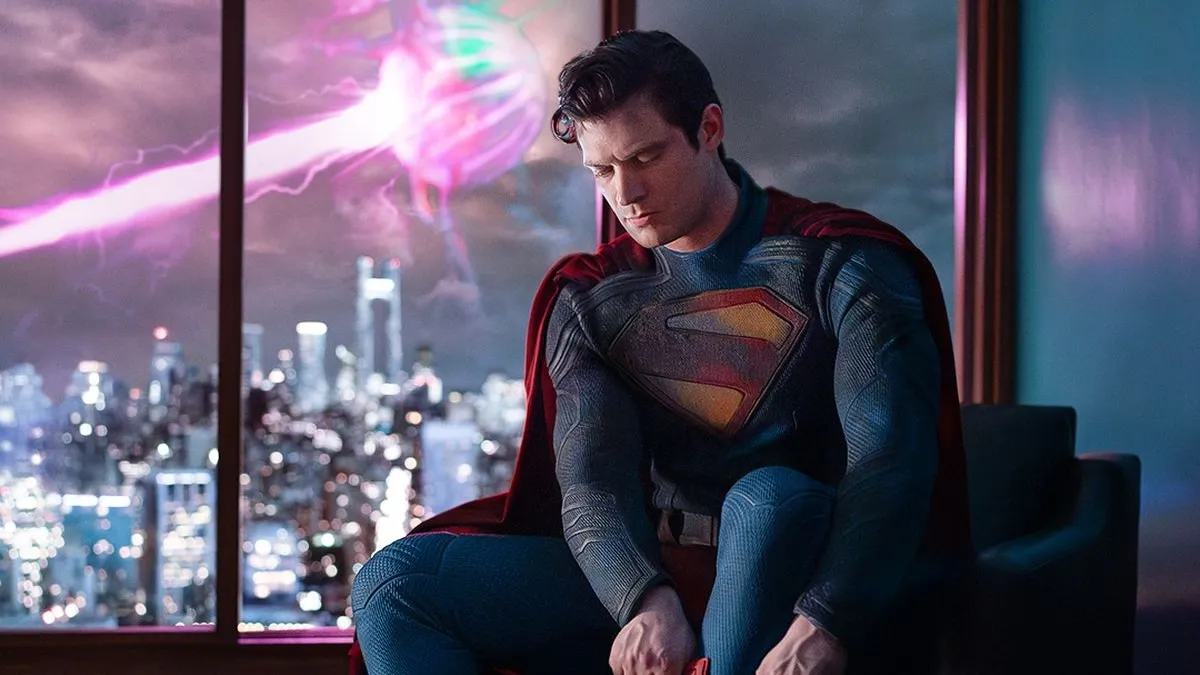The rise in popularity in the release of “The Snyder Cut” of DC Comics’ Justice League movie was one that eventually became so tiresome and disappointing that it marred whatever joy was to be had from the release of Zack Snyder’s Justice League because of the privileged nature the campaign had surrounding it. It was a demand made by people who were willing to attack those at Warner Bros. to get it, and in the end, they were gifted what they wanted. But the initial “excitement” for the potential of a Snyder Cut was, apparently, driven by an unusual portion of fake accounts created specifically for it.
Rolling Stone did a deep dive of the campaign known as #ReleaseTheSnyderCut and found that while it wasn’t the majority, there was a good deal of fake accounts created to push the popularity of the campaign, more so than you’d normally expect to see in such a campaign. What the overall report showed was that the campaign was a strange mix of real and fake accounts participating in the conversation about the Snyder Cut:
After researching online conversations about the Snyder Cut of the Justice League‘s release, specifically the hashtags ‘ReleaseTheSnyderCut’ and ‘RestoreTheSnyderVerse’ on Facebook, Twitter and Instagram, [the analysts] detected an increase in negative activity created by both real and fake authors. One identified community was made up of real and fake authors that spread negative content about WarnerMedia for not restoring the ‘SnyderVerse.’ Additionally, three main leaders were identified within the authors scanned on Twitter, Facebook, and Instagram — one leader on each platform. These leaders received the highest amount of engagement and have many followers, which gives them the ability to influence public opinion.
The reported stated that at least 13 percent of the accounts involved were deemed fake. On top of that, many accounts that the report looked at also were sharing harmful information about employees of WarnerMedia, stating that “the majority of authors [called an employee] a liar for the claim that there is no Snyder Cut of the movie and called for WarnerMedia to fire her. These authors also started using the hashtag ‘BoycottWarnerBros.’”
In the breakdown from Rolling Stone, they also got information from Q5id chief information officer and chief technology officer Becky Wanta explains, “There are certain patterns that bots give off that we saw here. They arrive at almost the same time in huge numbers. And many times the origin of thousands or even millions of messages can be traced to a single source or two. Sometimes, they can be traced to unusual servers in remote countries. And their content will be precisely similar.”
The online response
At the time of the “hype” of the Snyder cut, there were a lot of aggressive responses to those who didn’t really care about it. There was extra sympathy for, and protectiveness of, Snyder because he had to step down from directing Justice League due to a death in his family. So, at the time, Joss Whedon was asked to step in and take over. What Joss Whedon gave us was the sort of quippy heroes we’ve come to know him for, and it did not work for Justice League and has continued to age poorly in response to how the female characters were written. Tie that to the sidelining of Cyborg at the time, and it was just a bad movie all around.
Then, the reports started to emerge about Whedon’s on-set behavior, and Ray Fisher (who played Cyborg) was very vocal in his support of Zack Snyder and his hatred of Joss Whedon and what he put him through on set. It then spread into Gal Gadot saying that Whedon made comments about her future career and the pandora’s box was open into an investigation on what happened on that set.
How does all of this play into the Snyder Cut? Well, it all bleeds into the already simmering idea that there was a Snyder Cut out there and that we could just see what his original vision was, instead of Whedon’s awful theatrical version. Legitimate reasons to feel sympathy for Snyder and to sour even more on Whedon’s version just threw fuel on top, but the more it was talked about it online, the more toxic the conversation became despite those legitimate concerns—instead of just accepting that the movie was as it was.
Now, the response to the news that fake accounts hasn’t been … great. And it hasn’t gotten better given what Snyder posted on his social accounts.
Overall, the situation isn’t great. It wasn’t great to begin with, and while I was happy with the change in the story with the Snyder Cut, it doesn’t mean that this is okay at all. In fact, this is … very bad, given that the report also went on to say that the fake accounts were used to help win Zack Snyder’s Justice League awards recently.
(featured image: Warner Bros.)










Published: Jul 19, 2022 06:05 pm